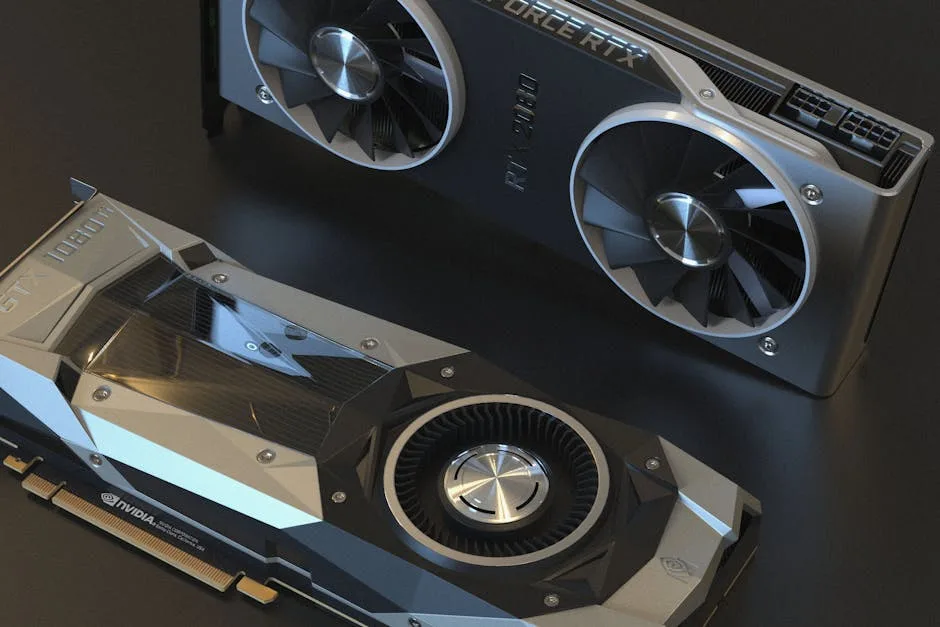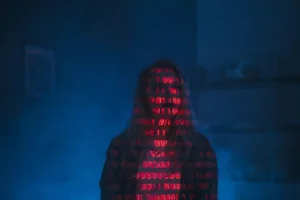
NVIDIA has issued guidance urging users to enable System Level Error-Correcting Code (ECC) protections for GDDR6-equipped GPUs following new research demonstrating practical Rowhammer attacks against graphics memory. This advisory comes as academic studies reveal increasingly sophisticated exploitation techniques that bypass traditional memory protections, with attack vectors now including browser-based GPU access and AI workload interference1.
Executive Summary for Security Leadership
The Rowhammer vulnerability in GDDR6 memory represents a growing threat to systems relying on high-performance GPUs, particularly in cloud environments and workstations processing sensitive data. NVIDIA’s recommendation to activate ECC follows peer-reviewed research showing that modern graphical processors are susceptible to memory bitflip attacks previously thought limited to CPU DRAM2.
- Vulnerability Scope: GDDR6 memory in GPUs exhibits Rowhammer susceptibility at thresholds comparable to DDR4 (500x increase in bitflips over a decade)
- Attack Vectors: Includes WebGPU API exploitation (10 Kb/s keystroke exfiltration) and AI model corruption
- Current Mitigations: System Level ECC converts attacks to denial-of-service but requires 3+ bitflips for exploitation
- Industry Response: Browser vendors have restricted GPU access permissions following proof-of-concept attacks
Technical Analysis of GPU Rowhammer
The 2025 USENIX Security paper by Nazaraliyev et al. demonstrated that GDDR6 memory in GPUs can be exploited through Refresh Management (RFM) timing leaks, achieving 50 KBps covert channels during Blender rendering workloads1. Unlike CPU-focused Rowhammer attacks, GPU exploitation leverages:
| Characteristic | CPU Rowhammer | GPU Rowhammer |
|---|---|---|
| Memory Type | DDR4/DDR5 | GDDR6/GDDR6X |
| Exploit Channel | Cache eviction | Render timing |
| Mitigation Bypass | Half-Double | RFM leaks |
Recent developments show attackers can achieve 95-98% F1 scores in side-channel attacks against GPU workloads, with particular effectiveness against machine learning operations. The WebGPU API introduced new remote attack surfaces, though major browsers now block permission prompts for GPU access following SecurityWeek’s 2024 disclosure3.
Mitigation Strategies and Limitations
NVIDIA’s ECC recommendation aligns with industry findings that traditional Targeted Row Refresh (TRR) mechanisms are insufficient for modern memory densities. Research from Yağlıkçı et al. shows 99.9% of rows remain vulnerable even with TRR implementations4. Current approaches include:
“System-memory co-design represents the most promising path forward, combining hardware innovations like U-TRR with enhanced ECC that goes beyond single-error correction. The Linux kernel community has proposed continuous memory scrubbing, though this carries significant power overheads for mobile devices.” – Hassan et al., MICRO’21
Hardware-based solutions such as BlockHammer (row blacklisting) and Graphene (spatial isolation) show promise but require architectural changes. Rambus’ 2024 analysis notes that DDR5’s increased density exacerbates these vulnerabilities, recommending dynamic refresh rate adjustment as a stopgap measure5.
System-Level Implications
US Patent 10,528,736B1 details detection methods for Rowhammer preparatory behaviors in virtualized environments, particularly relevant for cloud providers6. The patent identifies three key indicators of attack preparation:
- Memory layout control patterns
- Page frame alignment anomalies
- Sustained allocation sequences
Storage interfaces connected via SATA/NVMe may leak behavioral signatures, creating additional detection opportunities. Google’s Project Zero demonstrated that multi-tenant cloud environments face elevated risks due to shared memory architectures7.
Actionable Recommendations
For systems administrators and security teams:
- Enable System Level ECC in NVIDIA GPU BIOS settings (requires compatible hardware)
- Monitor for CVE-2025-XXXXX patches (expected Q3 2025)
- Restrict WebGPU API access in enterprise browsers
- Implement memory allocation monitoring in virtualized environments
For GPU-intensive workloads, consider process isolation and memory partitioning strategies. The SoftMC framework provides testing capabilities for evaluating system-specific vulnerabilities8.
Conclusion
NVIDIA’s guidance marks a significant acknowledgment of GPU-specific Rowhammer risks as memory densities increase. While ECC provides immediate protection, long-term solutions will require co-designed architectures combining hardware and software mitigations. The security community should anticipate expanded attack surfaces as GPU computing permeates cloud infrastructure and browser-based applications.
References
- Nazaraliyev et al., “GPU Rowhammer Exploits via Refresh Management Leaks,” USENIX Security 2025, [Online]. Available: https://www.usenix.org/conference/usenixsecurity25/presentation/nazaraliyev
- Mutlu et al., “DRAM Scaling Crisis: Rowhammer Thresholds in Modern Memory,” arXiv:2211.07613, 2023. [Online]. Available: https://arxiv.org/pdf/2211.07613
- “New Attack Shows Risks of Browsers Giving Websites Access to GPU,” SecurityWeek, 2024. [Online]. Available: https://www.securityweek.com/new-attack-shows-risks-of-browsers-giving-websites-access-to-gpu
- Hassan et al., “U-TRR: Reverse-Engineering TRR Vulnerabilities,” arXiv:2110.10603, 2021. [Online]. Available: https://arxiv.org/pdf/2110.10603
- “How to Stop Rowhammer in DDR5 Systems,” SemiEngineering, 2024. [Online]. Available: https://semiengineering.com/how-to-stop-row-hammer
- “Virtualized Environment Rowhammer Detection,” U.S. Patent 10,528,736B1, 2025. [Online]. Available: https://patents.google.com/patent/US10528736B1
- “Google’s Half-Double Rowhammer Research,” Project Zero, 2021. [Online]. Available: http://googleprojectzero.blogspot.com/2015/03/exploiting-dram-rowhammer-bug-to-gain.html
- “SoftMC Memory Testing Framework,” GitHub repository. [Online]. Available: https://github.com/CMU-SAFARI/SoftMC






